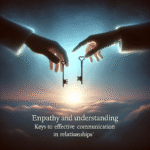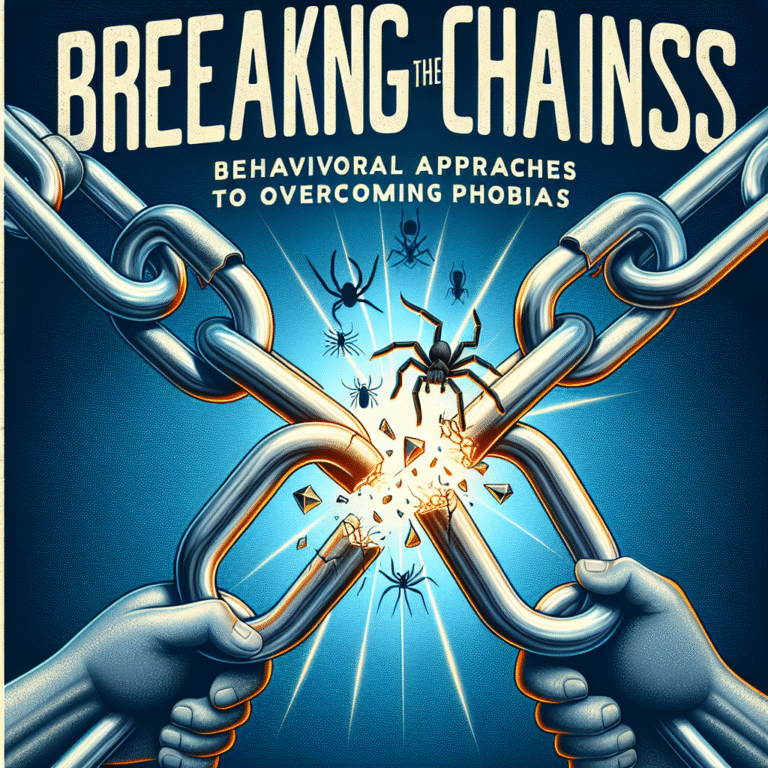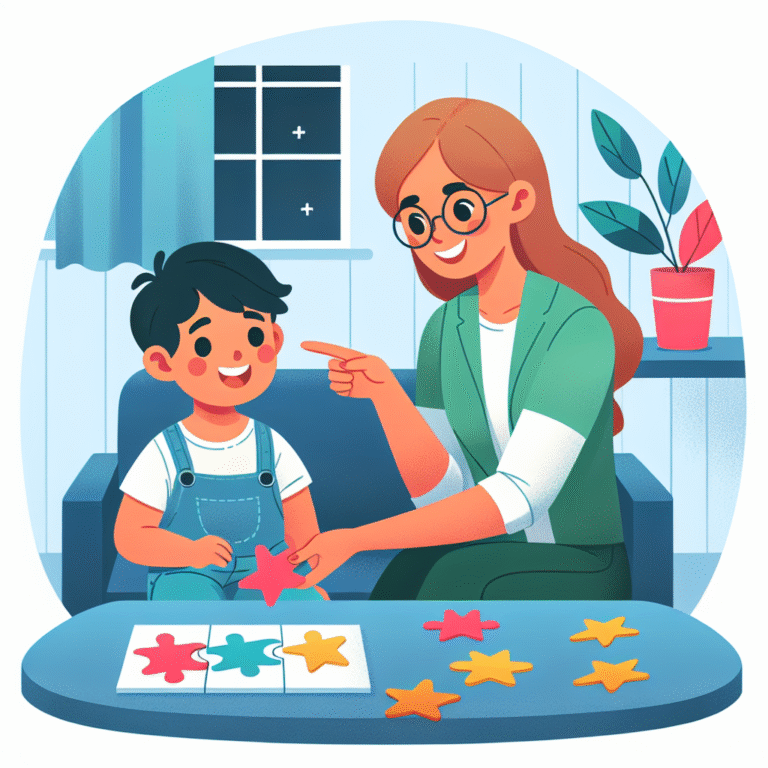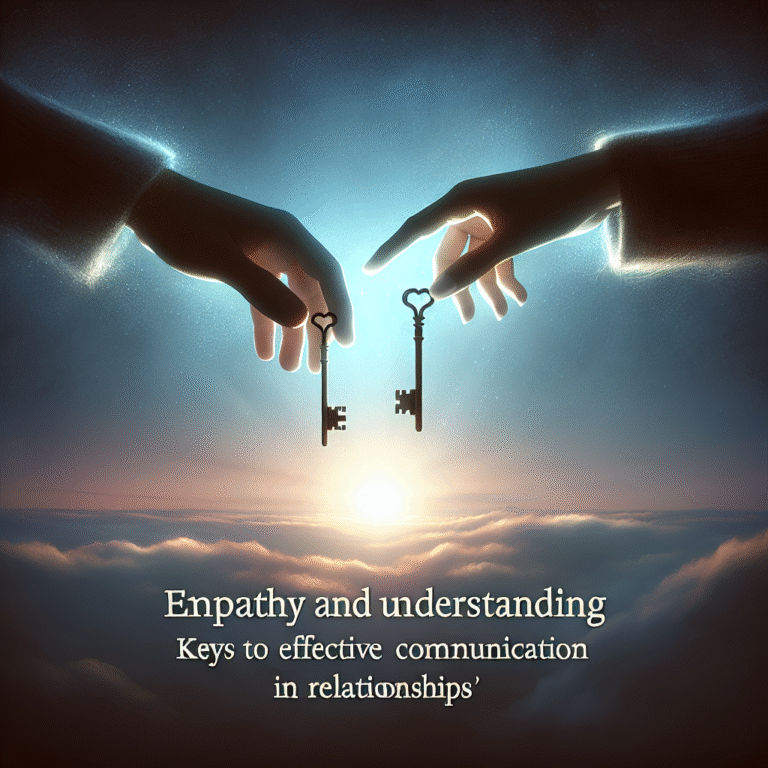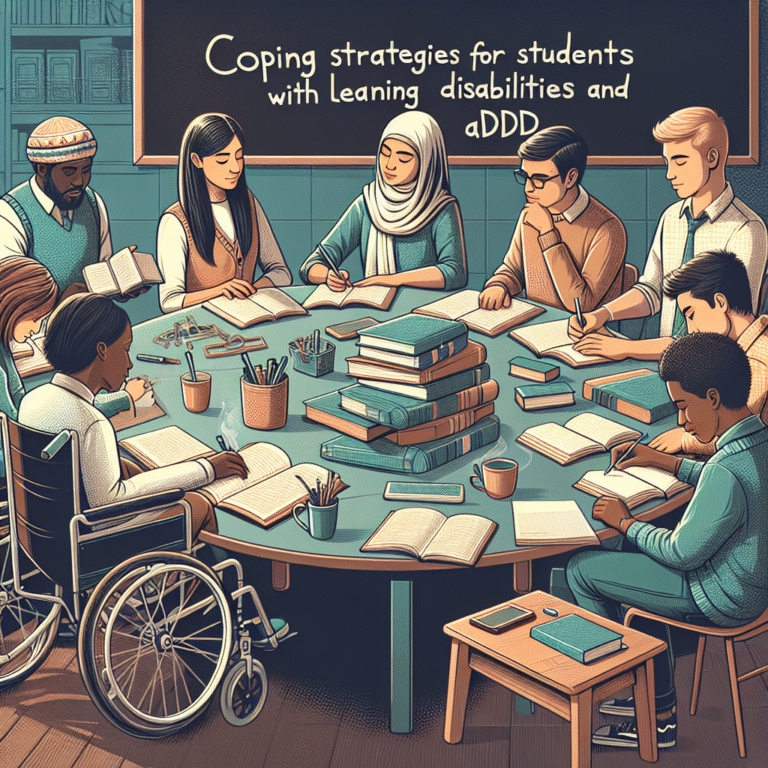
Love Languages Unlocked: Essential Strategies for Improving Communication Skills in Your Relationship
Introduction
In the tapestry of human relationships, communication can be the thread that binds or breaks us apart. Have you ever felt misunderstood by your partner, even after what seemed like a heartfelt conversation? This is where the concept of love languages comes into play. "Love Languages Unlocked: Improving Communication Skills in Your Relationship" aims to provide insights that can transform how you connect with your loved one. Understanding and embracing love languages can unlock the door to more profound emotional connections, leading to a more fulfilling and harmonious relationship.
The Concept of Love Languages
Understanding love languages is not just another fad; it is an essential skill that can revolutionize your interactions. Dr. Gary Chapman introduced the idea of love languages in his bestselling book, where he identified five distinct ways people express and receive love:
- Words of Affirmation
- Acts of Service
- Receiving Gifts
- Quality Time
- Physical Touch
In essence, each love language corresponds to a different way of communicating affection, making it crucial to understand not only your own love language but also that of your partner.
The Importance of Communication in Relationships
Effective communication is the foundation of any relationship. Misunderstandings can stem from different love languages, leading to frustration and resentment. Recognizing these differences can help partners express their love in a way that resonates with one another. This is why "Love Languages Unlocked: Improving Communication Skills in Your Relationship" is critical for couples striving for emotional intimacy.
Case Study: Jamie and Alex
Jamie and Alex had been dating for nearly two years when they found themselves arguing more frequently. Jamie valued quality time but often felt neglected when Alex spent long hours at work. On the other hand, Alex’s love language was acts of service, believing that his hard work was the best way to show love. After discussing their love languages, Jamie realized that while Alex loved her by trying to provide for her, it was the undivided time together she craved. By setting aside regular date nights, they bridged their emotional gap, marking a pivotal point in their relationship.
Love Languages Unlocked: Improving Self-Awareness
Understanding your own love language is the first step toward better communication. Self-awareness enables you to express your needs clearly, paving the way for more constructive conversations with your partner.
Self-Reflection Tools
- Journaling: Write down daily experiences and identify moments when you felt loved and appreciated.
- Personality Quizzes: Use online tools to discover your primary love language, which can serve as a conversation starter with your partner.
Table 1: Common Traits of Each Love Language
| Love Language | Key Traits | Communication Tips |
|---|---|---|
| Words of Affirmation | Encouragement, praise | Use positive language often |
| Acts of Service | Practical support | Offer to help with tasks |
| Receiving Gifts | Thoughtfulness | Give meaningful gifts |
| Quality Time | Presence | Schedule regular time together |
| Physical Touch | Affection | Engage in physical closeness |
Communicating Love Languages
Once you understand love languages, you can communicate more effectively. Here are some tips to enhance your conversations:
Active Listening: The Gateway to Understanding
Listening isn’t just about hearing words; it’s about understanding the emotions behind them. By actively engaging in what your partner says, you can cultivate empathy and respond more effectively.
Using "I" Statements
Frame your feelings using "I" statements. For example, instead of saying, "You never want to spend time with me," you could say, "I feel lonely when we don’t have time together." This approach shifts blame and encourages a more open dialogue.
Love Languages and Conflict Resolution
Disagreements are inevitable in any relationship. However, understanding love languages can help de-escalate conflicts and foster empathy.
Case Study: Sarah and Mark
Sarah’s love language was physical touch, while Mark’s was words of affirmation. During a heated argument, Sarah felt hurt when Mark did not comfort her physically. Realizing this after the fact, they decided to incorporate each other’s love languages into their conflict resolution strategy. Mark began to provide verbal affirmations during conflicts, while Sarah made a conscious effort to maintain physical closeness even in disagreements. This practice turned potential arguments into opportunities for greater understanding.
Regular Check-Ins: Relationship Maintenance
The relationship journey is ongoing. Regular check-ins regarding love languages can keep communication open and ensure partners feel valued.
Conversation Starters
- “What makes you feel most loved right now?”
- “Have there been moments lately when you felt disconnected?”
The Relevance of Adaptability
Over time, love languages can evolve depending on life circumstances. Being adaptable and willing to discuss these changes can facilitate ongoing growth within the relationship.
Table 2: Evolving Love Languages
| Life Stage | Common Changes in Love Languages |
|---|---|
| Early Relationship | Initial discovery of preferences |
| Parenthood | Shift towards acts of service and quality time |
| Empty Nest | Return to earlier love languages or new preferences |
Conclusion
"Love Languages Unlocked: Improving Communication Skills in Your Relationship" encourages couples to embark on an enlightening journey towards more meaningful connections. By learning to understand and express love in ways that resonate with each other, partners can build a lasting relationship filled with empathy, respect, and joy.
The power of love languages is in its simplicity: it’s not solely about knowing how you prefer to give or receive love; it’s about actively engaging in the process of connection. Every moment you invest in understanding these languages is a step toward transforming your relationship from ordinary to extraordinary.
FAQs Section
1. What are the five love languages?
The five love languages are Words of Affirmation, Acts of Service, Receiving Gifts, Quality Time, and Physical Touch. Each language represents a unique way of expressing love.
2. How can I find out my love language?
You can discover your love language by taking quizzes available online, reflecting on how you express affection, and considering what makes you feel loved and appreciated.
3. Can love languages change over time?
Yes, love languages can change based on life stages, experiences, or emotional growth. Regular discussions about love languages can help partners remain aligned.
4. What should I do if my partner and I have different love languages?
Communication is key! Discuss your individual love languages and make a conscious effort to express love in a way that resonates with your partner.
5. How can I improve communication in my relationship?
Active listening, using "I" statements, and scheduling regular check-ins to discuss feelings and love languages can significantly improve communication.
"Love Languages Unlocked: Improving Communication Skills in Your Relationship" is not just a concept; it’s a pathway to creating a loving and supportive partnership. Start today, and watch your relationship flourish.
